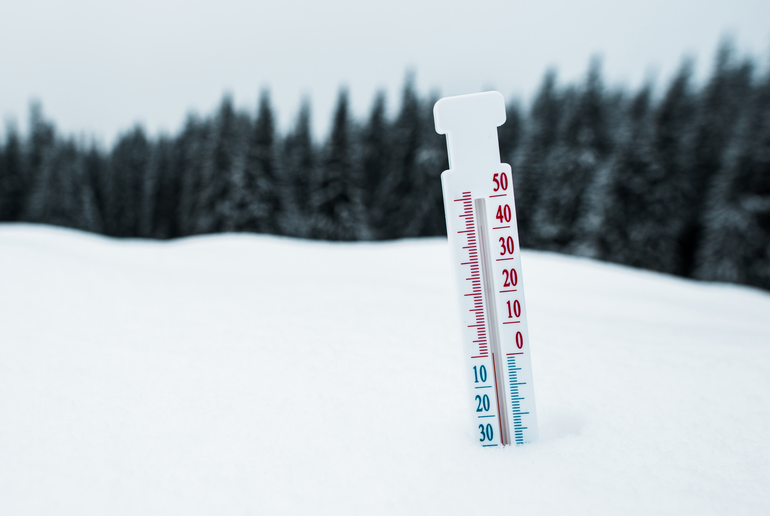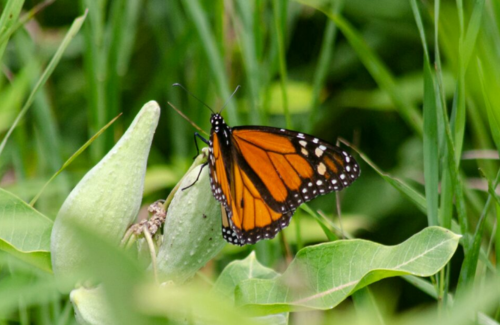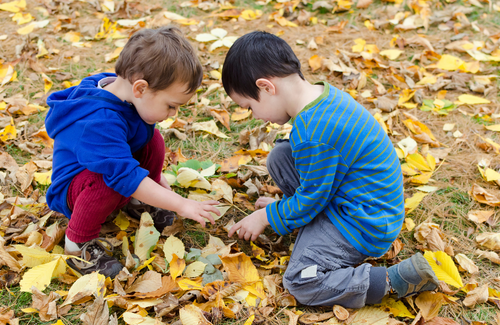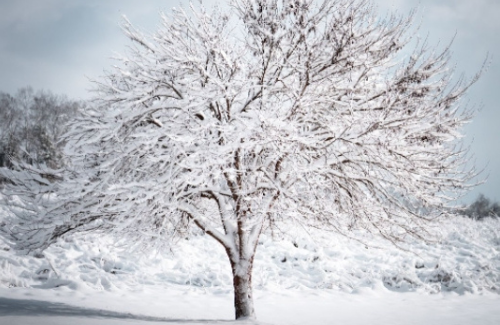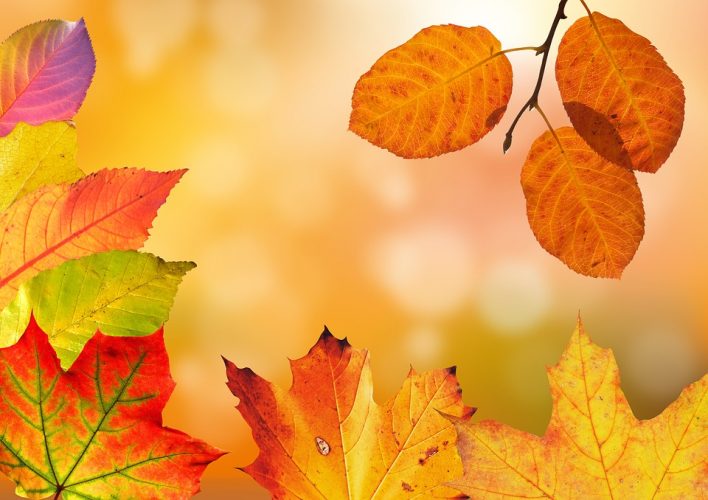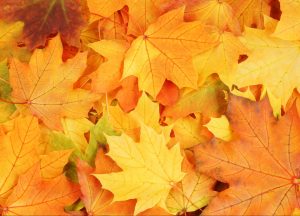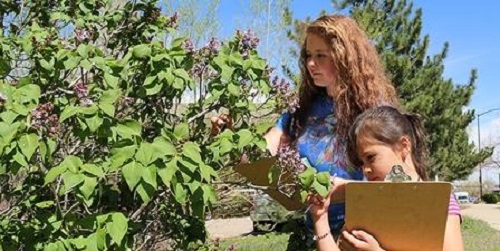Winter ecology studies the inter-relationships between animals, insects, and plants with their habitat in the winter. Explore the plethora of adaptations trees and other living things have to survive winter conditions.
Max is a young boy who strikes an unlikely friendship with a monarch butterfly named Lilly, who asks him to plant milkweed so she can lay her eggs on it the following spring. In a world filled with instant gratification, this book highlights how change happens over time and that we sometimes must wait patiently for those changes to occur.
Nature is a fascinating environment to create fun, authentic learning experiences, especially when it comes to math concepts! Explore seven benefits of using nature and the outdoors to teach math.
When temperatures drop and days get shorter, trees start to prepare for the cold of the winter. How do different kinds of trees adapt to the cold? Take a closer look at trees and get children to investigate the seasonal changes!
Rodney can’t seem to sit still. At school, he is always more interested in what is happening outside the window than what is going on inside the classroom. Learn how a park visit can transform Rodney’s perspective. Use this text to explore learning styles and personal characteristics with young readers.
This beautiful guide to creating a nature journal will both teach and inspire students (and teachers alike!) to chronicle what they observe in their own backyards.
Fall is a great time to teach young students about the changing seasons and the science of leaves. Check out over 50 ideas for incorporating science, math, art, and literature into your lesson plan about leaves.
Observe the annual change of seasons and investigate why leaves turn colors in the fall.
Get your students to contribute to scientific research by joining thousands of others in gathering environmental and climate change information from across the country.
Engage students in STEM teaching and learning as they investigate the variables that cause leaves to change color with PLT’s Activity 78: Signs of Fall.
